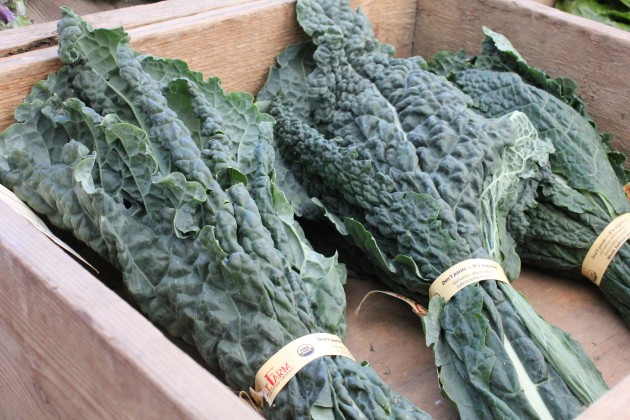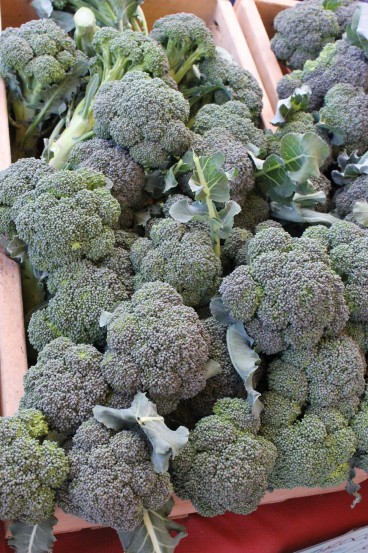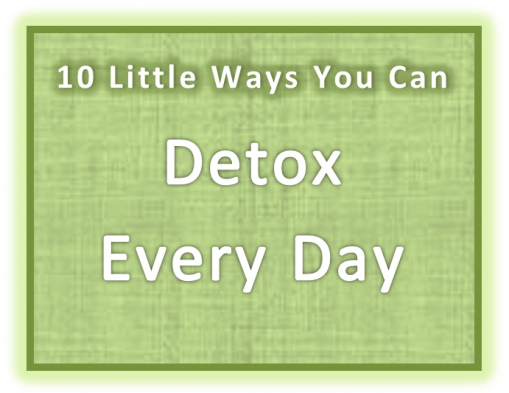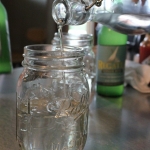Detox Every Day 4: Eat Cruciferously
feed your liver the perfect detox fuel

Kale. Broccoli. Cabbage. Brussels sprouts. The beloved veggies your mama made you eat. Must be something good in these cruciferous vegetables that belong to the Brassicaceae plant family (brassica for short).
Want to get the junk out of your body? Load up on these detoxifying veggies. Brassica vegetables are detox fuel for your liver, the primary detox organ in your body.
Pardon me while I nerd out for a bit – I want you to know this. Your liver has two main enzyme systems for detoxification, known as Phase I and Phase II. Phase I contains a group of enzymes known as the cytochrome P450 system. Phase II contains 6 different detoxification pathways, all of which attach something to the toxin so that it can be readily excreted. Some toxins only go through Phase I to be neutralized. Other toxins go through Phase I in preparation for Phase II. When this occurs, Phase I prepares the toxin for Phase II by making it more metabolically reactive. This means that if your Phase II detox systems are bogged down, you can potentially have a build-up of even more reactive toxins floating around your body. The balance between your Phase I and Phase II detox systems is crucial.

Brassica family vegetables stimulate both enzyme systems in your liver. However, most of the research has shown their detox enhancing effects on Phase II. It is the isothiocyanates contained in these vegetables that specifically promote detoxification. These constituents activate glutathione-S-transferase, an enzyme that makes up one of the detox pathways in the Phase II detoxification system. This is the same enzyme that’s used in the detoxification of many different carcinogens (cancer causing agents), as well as alcohol. Brassica veggies do more detox than this; they support two other detox pathways in Phase II (in case you’re inner nerd is curious, they are glucuronidation and sulfation).
Now, that wasn’t so bad, was it?
Your mama wasn’t lying to you when she told you to eat all that broccoli because it “prevents cancer.” It’s true – she was right – and everything I explained above is exactly why. Broccoli gets the bad guys out. Broccoli (and all the other brassica family veggies) stimulates the specific enzyme system that processes known carcinogens.
My favorite cruciferous veg is kale (pictured above). I like kale because it’s so versatile. I blend it in green smoothies, chop it up in salads, put it in soup, and hide it in chili (I hide it from other people, not myself!). Here is a great resource for healthy ways of preparing kale.
There is one concern with increasing your daily cruciferous consumption. These vegetables can block iodine uptake in the thyroid. This is more of a concern if you are hypothyroid due to deficient iodine status. A good way to counteract this is to make sure you’re getting enough iodine in your diet.
You can easily improve and increase your liver’s ability to detoxify by simply eating more cruciferous vegetables. It’s that easy! Get your liver detox on: eat more kale!

Take Away Tips:
- Load up on cruciferous vegetables on the days you know you are going to drink alcohol.
- Drink a green smoothie packed with kale the morning after having too much to drink, since kale supports the same enzyme system that alcohol taxes.
- Throw some clean-water seaweed into your kale green smoothies, since it is a good source of iodine.
- Help your body detox cancer causing agents by eating a daily serving of cruciferous vegetables.
Resources:
1. Hibbs, John. Class Lecture. Environmental Medicine. Bastyr University. Winter 2009.
2. Yarnell, Eric. Phytochemistry and Pharmacology for Practitioners of Botanical Medicine. Healing Mountain Publishing Inc., 2003.
3. Pizzorno, Joseph. Total Wellness. Prima Publishing, 1996.
4. Navarro, SL, et al. “Modulation of human serum glutathione S-transferase A1/2 concentration by cruciferous vegetables in a controlled feeding study is influenced by GSTM1 and GSTT1 genotypes. Cancer Epidemiology, Biomarkers & Prevention. 2009 Nov;18(11):2974-8.
Enjoy More Archerfriendliness
Your kitchen can be one of the unhealthiest areas in your home, not just because of the (junk) food in it, but because of all the chemicals found in your food prep equipment. The first rule of th...
I have diagnosed heart murmurs in toddlers and managed asthma in school aged kids. I have sent sick babies to the emergency room and prepared the ER staff for their arrival. I have ordered STAT x-...
This week marks the beginning of my herb of the month column. Within the first week of every month, I will be showcasing a medicinal herb. The write-ups on each herb may be more on the serious sid...







